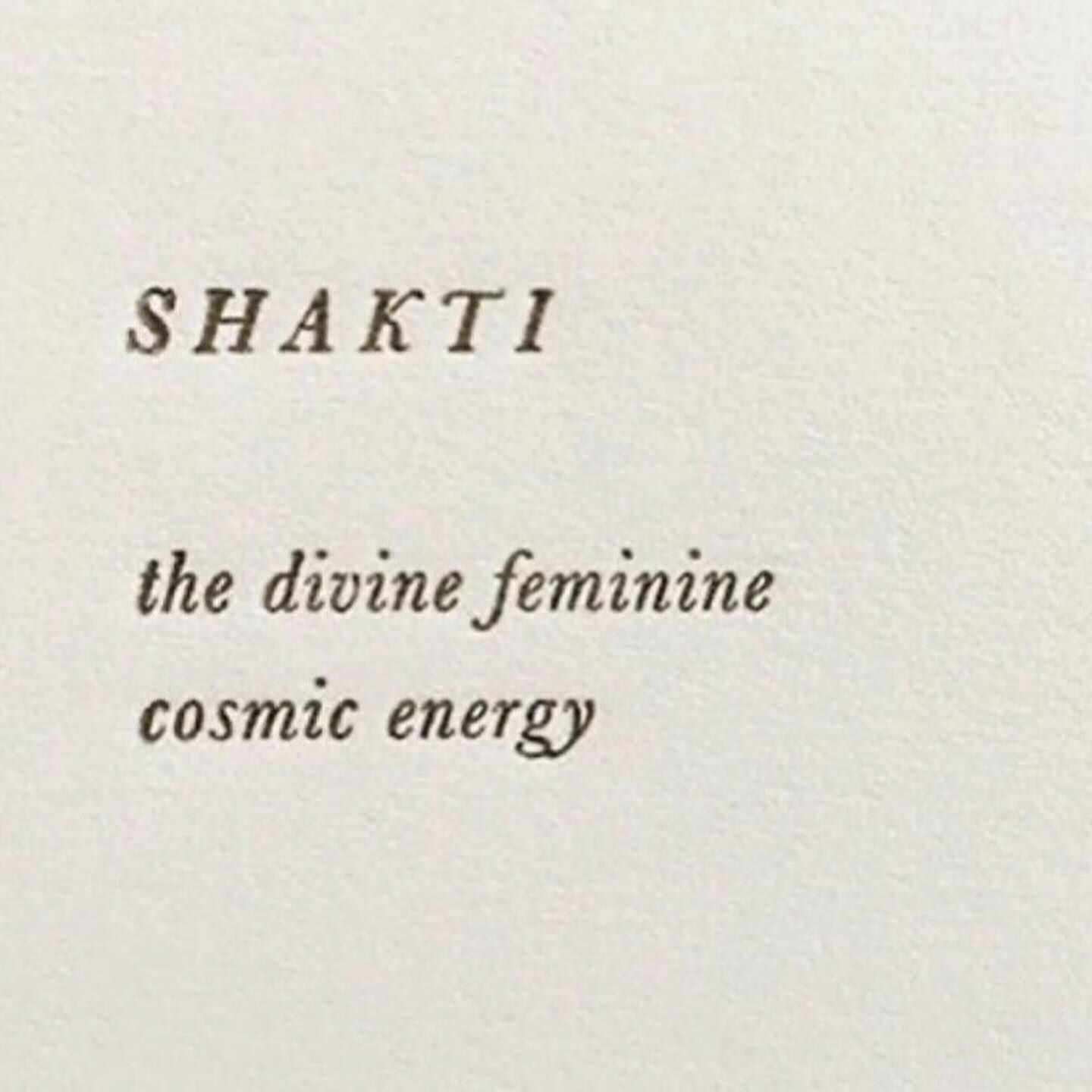The intersection of spirituality and femininity finds an intriguing paradigm in the Baha’i Faith, particularly when one examines the notion of the feminine divine through the lens of Shakti—the Hindu goddess embodying energy, power, and the dynamic forces of creation. This essay seeks to explore the synthesis of Shakti’s attributes with the principles delineated in Baha’i teachings, ultimately posing a question: How does the recognition of feminine divine qualities enrich the understanding of the Baha’i concept of God, and does it present a challenge within the traditional monotheistic framework?
At the core of Baha’i teachings is the affirmation of one God, an abstract and transcendent entity that manifests qualities through various attributes. Baha’u’llah, the founder of the Baha’i Faith, emphasizes that God is fundamentally beyond human comprehension, yet approachable through His manifestations. In the Baha’i perspective, the manifestations embody qualities of both masculinity and femininity, offering a more holistic perception of the divine. This convergence encourages the faithful to embrace a broad spectrum of characteristics traditionally associated with both genders, fostering a deeper understanding of divinity.
Shakti, as the goddess known for her multifaceted roles in creation and transformation, adds a rich layer to this exploration. As the embodiment of energy, she signifies not only power and strength but also nurturing, compassion, and wisdom. This duality prompts a broader discourse on the nature of God as not merely a singular masculine archetype but as a composite being that encompasses the entirety of human spiritual experience. By recognizing the attributes of Shakti within the Baha’i context, one may contemplate the implications of a God that both creates and sustains, much like the divine feminine in numerous cultural narratives.
One might ask: How do the intrinsic qualities of Shakti resonate within Baha’i principles? In Baha’i literature, the concept of unity comes to the forefront—a foundational tenet whereby love and harmony among all people are paramount. Shakti’s essence as a source of dynamic creation parallels this pursuit of unity, suggesting that the divine feminine is integral in fostering connections among humankind. The nurturing aspect of Shakti may represent the spiritual development that Baha’is aspire to achieve, where compassion and empathy create an aura of understanding and cooperation.
Moreover, the Baha’i teachings emphasize the equality of men and women, a principle that aligns distinctly with the empowering nature of Shakti. In various teachings, the Baha’i Faith proclaims that the progression of society is inextricably linked to the emancipation and empowerment of women. By weaving together these disparate elements—Shakti’s strength and nurturing qualities with Baha’i principles of gender equality—an argument surfaces: the divine feminine is essential in shaping a more equitable society. Additionally, it poses a challenge to conventional religious narratives that often elevate the masculine above the feminine, disrupting long-standing paradigms.
Delving deeper into the energies associated with Shakti—such as creativity and transformation—one finds further alignment within the Baha’i Faith’s aspirations for societal advancement. Baha’is believe that humanity is on the cusp of a new era marked by profound transformation and enlightenment. The transformative energy associated with Shakti embodies the potential for increased understanding, cooperation, and innovative solutions to contemporary dilemmas. Just as Shakti’s power catalyzes transformation, so too does the Baha’i vision advocate for a world where humanity can aggrandize its collective spirit through collaboration.
This companionship of principles may indeed confront modern Baha’is with a philosophical quandary: Can one reconcile the celebration of the divine feminine, as represented by Shakti, within a fundamentally monotheistic framework? The challenge lies not solely in harmonizing different traditions but also in redefining the pervasive male-centric perceptions of divinity that pervade many faith communities. Such a reconciliation necessitates a re-evaluation of not only the roles of women in religious contexts but also the embedding of feminine qualities in the very definitions of divinity.
A critical analysis of various sacred texts across religious systems may facilitate a deeper comprehension of this interplay. The writings of Baha’u’llah permeate with insights that reject the binary understanding of gender when describing divine characteristics. Instead, these texts illuminate a celestial balance, an equilibrium where masculine and feminine energies are not only acknowledged but revered. Through the acknowledgment of Shakti, Baha’is can cultivate a more nuanced appreciation of divinity’s complexity, thus enriching their spiritual practice.
In conclusion, the exploration of the feminine face of creation through the lens of Shakti invites a profound inquiry within the Baha’i Faith. It casts light on the divine attributes encapsulated within concepts of equality, unity, and transformative power which are essential for humankind’s spiritual evolution. As Baha’is navigate this dialogue between traditional teachings and the embodiment of divine femininity, the calling remains clear: foster environments where compassion, understanding, and equality flourish. The playful question thus emerges: can recognizing the value of Shakti not only enhance the comprehension of God’s nature but also challenge followers to embrace a more inclusive and loving paradigm in their quest for truth?
